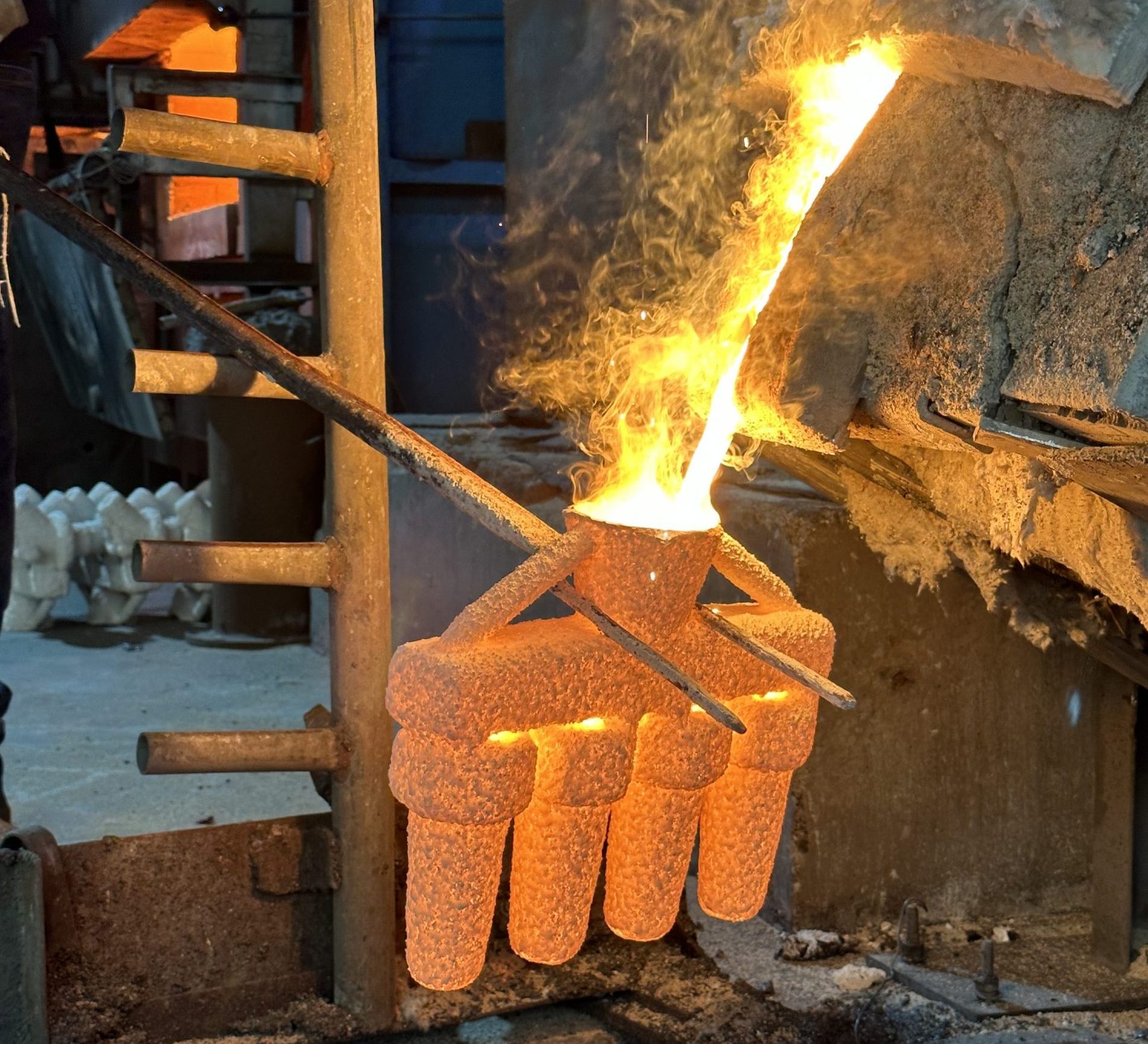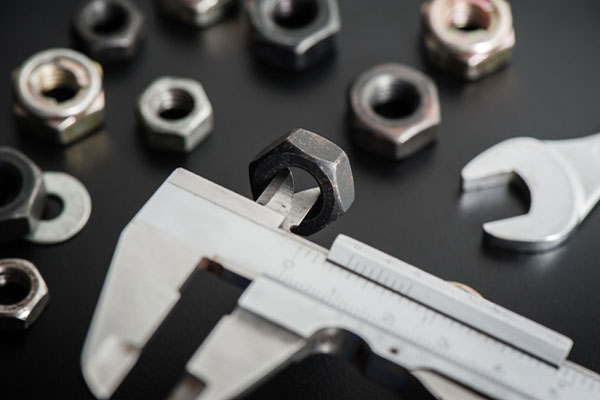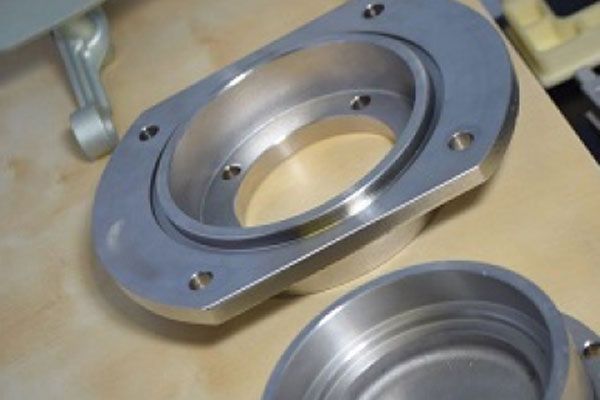 Made in China
Made in China GB/T19001-2016/ISO 9001:2015
GB/T19001-2016/ISO 9001:2015 TUV
TUV SGS
SGS

Investment casting, refers to making identical wax patterns, according to the 3D model of the product. The wax patterns will be, melted with the gate system, immersed in zircon sand starch, to form layered shells, and then replaced by molten metals, such as stainless steel, steel alloy,duplex steel,aluminum, and so on.

Developing investment castings involves creating an original wax pattern, applying plaster to the image, and constructing continuous layers until a sturdy shell envelops the model. After melting the wax, pour the melted steel, stainless steel, or aluminum into the mold shell to form a perfect replica of the original wax pattern. Compared to separate processing, investment casting can economically provide high clarity, complex details, and smooth surface finish.
Generally, investment casting is the only economical method for manufacturing complex stainless steel parts.
The first step of the investment casting process is to create a wax pattern of casting part, using high temperature wax injected into an aluminum molding tool.
The second step of investment casting process is to assemble multiple wax pattern on a casting system similar to a tree.
The third step of investment casting process is to shell the wax mold of the tree, using a layer of slurry and a layer of sand, usually requiring 11 layers. The final number of layers depends on whether the shell is strong enough.
The fourth step of investment casting process is to dissolve and remove the wax mold inside the sturdy shell with high-temperature steam.
The sixth step of investment casting process is to remove the shell on the surface of the product using vibration shell and shot blasting equipment after the poured shell has completely solidified.
The seventh step of investment casting process is to cut off the product on the casting system and polish off the riser.
The eighth step of investment casting process is to inspect the appearance and size of the product to ensure compliance with customer requirements, package and ship the product that meets customer requirements.

The industry standard linear tolerances for any investment casting process are ±.005 per inch of length.

Effective part configuration is a critical element in achieving strict tolerances for investment casting. Our team ensures a quality experience in investment casting.

Since 2009, QDOS has been a leading full-service foundry. From ODM/OEM, mold design, precision casting, precision machining, as well as quality assurance testing, heat treatment, and non-destructive testing, to provide customized products that meet your specifications.

QDOS has experience in precision casting and CNC production, a professional R&D and production team, customized ERP software management, Andon system management, and excellent processing and inspection equipment.

Our delivery cycle is the shortest in the industry. Generally, it takes 7 days for molding and 8 days for samples. From 3D confirmation to product presentation, it only takes 15 days, not 15 working days.
≤2.00
≤0.045
≤0.030
18.0–20.0
8.0–11.0

